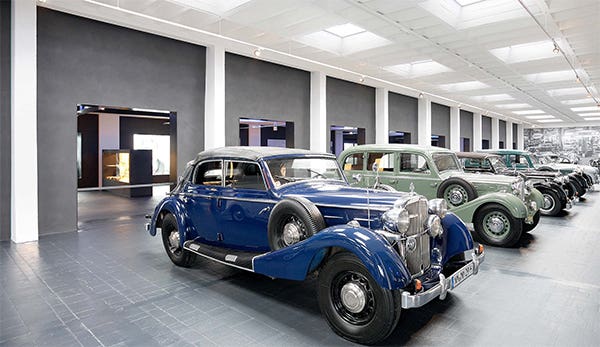Q&A: March 21, 2019 Edition
Q. For all our success in solving automotive puzzles, sometimes we just come up short. Back in 2016 — the July 28 Q&A to be precise — Frank Scimemi of Groton,…
Q. For all our success in solving automotive puzzles, sometimes we just come up short. Back in 2016 — the July 28 Q&A to be precise — Frank Scimemi of Groton, Mass., asked for ID on an old engine in his collection. We’ve had a number of possible contenders, but none conclusive. The closest was John DeBell’s Jan. 5, 2017, nomination of a two-cylinder Metz, one of the first “kit cars” on the market. For $25 a week you could buy a succession of packages that could be assembled into a car. The best I could do for a real Metz engine for comparison was a line drawing from an old magazine.
A. Finally, last June I came across a real Metz, a 1908 example in the Malcolm Pray Achievement Center collection in Bedford, N.Y. Lilly Pray of the Center kindly made this car available for inspection, and I can report conclusively that its engine does not resemble Frank Scimemi’s mystery powerplant (the electric starter at the top is a retrofit). That’s a disappointment, but it gives an opportunity to look at another aspect of the Metz: the friction transmission, in which a disc on the engine drives a perpendicular disc on the drive train. Theoretically, there’s an infinite range of ratios, but in practice they are limited by a finite number of detents on the shifting mechanism. Reverse is activated by moving the driven disc past the center of the driving disc. Cartercar was another user of the friction transmission, and the concept became popular more recently on some lawn mowers and yard tractors.
Q. In reference to my question about restoration of a pot metal grille for my 1937 Buick Special (Q&A, Oct. 25, 2018), I did contact [Old Cars advertiser] Crow Custom Cast Welding. They forwarded me to another pot metal repair company that informed me, based upon photos I sent, that the cost would be $3,500.00. So I’m back at square one and will most likely devise a way of repairing the broken pieces.
I did learn, however, that the pot metal can be welded, although it melts all at once with no warning. A lot of careful heat must be applied with surrounding clay material to “cup” the liquid pot metal until it cools. I figure a trough carved into firebrick might serve the purpose.
— Fred Allen, Union, Me.
A. Sorry to hear that your quest has been unsuccessful. If anyone knows of a craftsman with the elusive skill of pot metal repair, we’ll be happy to pass the information to Mr. Allen. Perhaps someone has a good 1937 Buick grille at a moderate price.
To submit questions to this column: E-mail oldcars@krause.com or mail to: Q&A, Old Cars Weekly,5225 Joerns Drive, Suite 2, Stevens Point, WI 54481.








